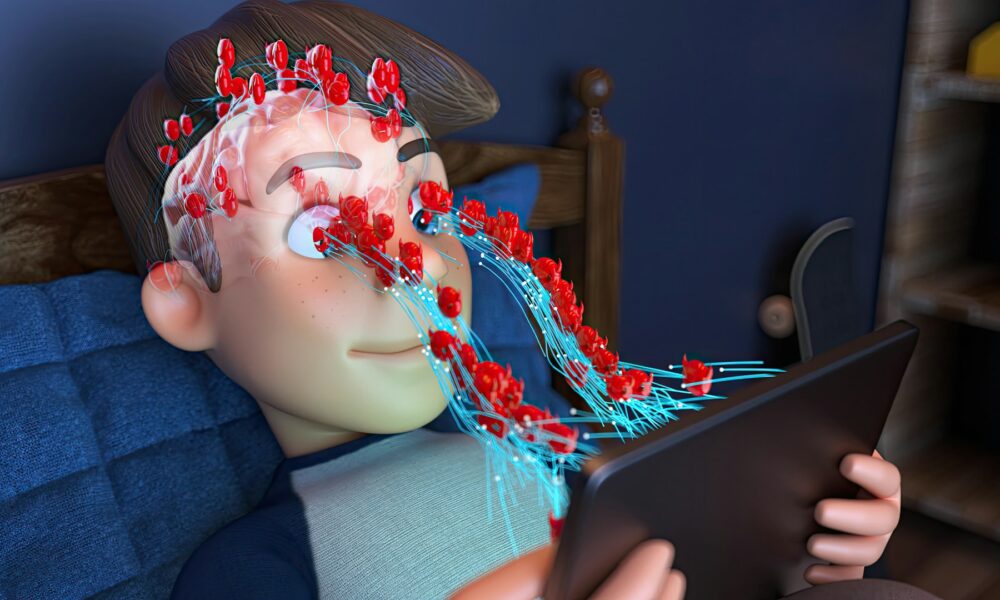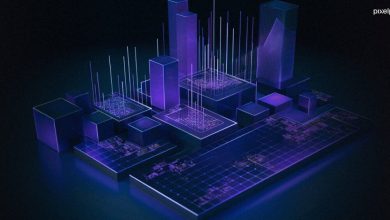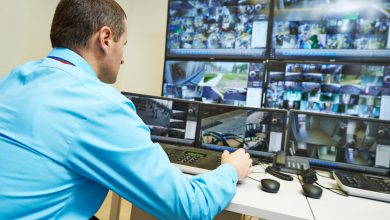How To Use 3d Medical Animations To Improve Healthcare

Proper communication helps in healthcare, especially as it forces a person to break down difficult medical ideas for patients, students and professionals. In general, traditional tools or spoken explanations do not give enough detail about how the body and diseases work. At this point, 3D medical animations are crucial, giving clear, precise and accessible ways to tell a story.
Using computers, 3D medical animations help doctors and patients picture ideas and tools used in medicine and biology. They may describe the tasks of different body parts, show the ways in which diseases can affect the body and outline how treatments and procedures are done. Because they are vivid and engaging, these videos make it simpler for regular people to understand medical topics.
Helping Patients Make Informed Decisions
3D medical animations provide a better way for doctors to tell patients about their health conditions and treatment choices. Seeing an inside view of their body can increase patients’ confidence and reassure them when they must make health decisions. Watching a demonstration of a surgery or a treatment method can make the conversation simpler and more comfortable for patients.
Medical staff often include animated medical images when consulting patients in clinics or hospitals. The video, pictures and charts help make the diagnosis clear to the patient which builds confidence in the trust between the provider and patient. When patients have more information, they can follow their care guide and reach successful outcomes.
Supporting Healthcare Professionals In Training
3D medical animations provide important benefits to medical education. Effective ways of teaching future medical professionals about anatomy and surgery must be both easy to grasp and interesting. Videos, illustrations and other visuals can improve lectures or textbooks, showing how the different systems in the body are active and influence each other.
Because they are fun and engaging, visual materials are often easier for students to remember and understand. By using medical animation, students can learn about illnesses that are rare or dangerous for them to come across in regular training. With the ability to wedge, grow and repeat the animations, learning becomes both insightful and flexible.
Improving Public Health Education Campaigns
Public health communication is often aimed at huge groups who do not all understand health terminology equally well. Simplifying health messages and engaging audiences is important when talking about vaccination, cleanliness or chronic illnesses and 3D medical animations make it easier to do that.
Such animations can support public awareness efforts by organizations and government departments in their online, live and community activities. Memorable visuals capture interest and ensure that important health details are quickly understood. It has been demonstrated that medical animation improves behavior, healthcare results and corrects false information.
Assisting In Product Development And Marketing
Using 3D medical animations helps medical device companies and pharmaceutical firms succeed in their work. These animations may be applied to explain product functions within the firm and also to support marketing efforts. A clear and professional look can be created when companies display the connections between devices and the body or drugs and tissues.
When it comes to discussing rules in front of regulators or sharing updates with investors, accurate and clear defining animations work best. Unlike lengthy guides, those who see animations can immediately experience and understand new medical devices. As a result, healthcare providers and patients are more likely to quickly adopt the product, as they trust it.
Conclusion
How people in health care receive, share and understand information is being changed by 3D medical animations. Expressing technical concepts in an easy-to-understand way helps patients, workers, instructors and companies. The ongoing advancements in technology will probably lead to an increased need for medical animation in healthcare. Clearly made, realistic and used for many purposes, 3D medical animations are changing the experience of medicine for everyone.





